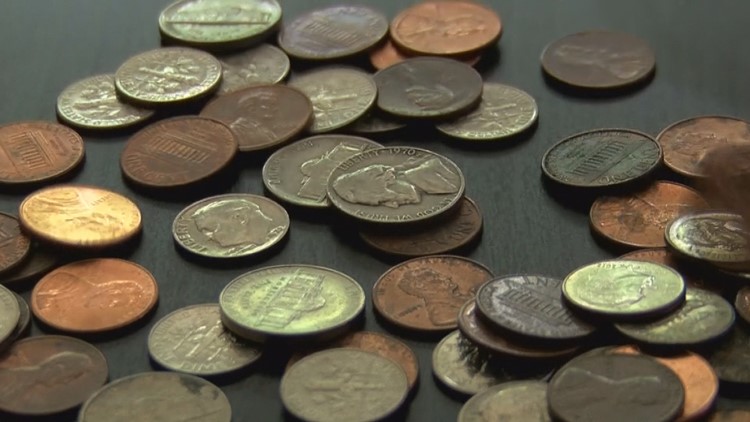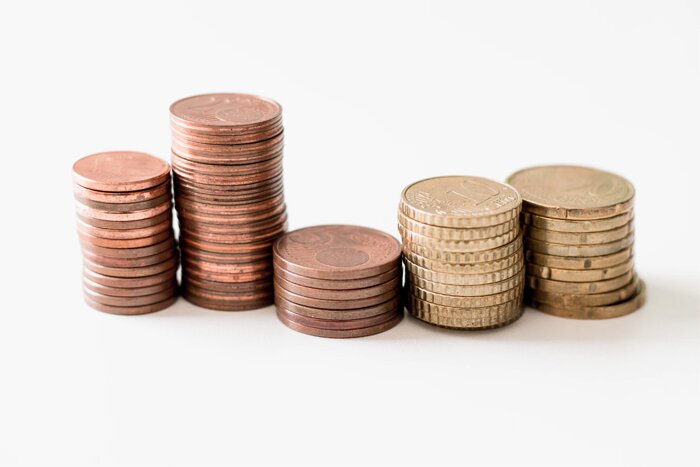It is helpful to understand coin shortages and how they occur by examining the process through which coins are introduced into circulation. The United States Mint is responsible for producing the nation's coinage. The Federal Reserve is in charge of the management of the coin inventory. The Federal Reserve is in charge of delivering coinage to financial organizations such as banks, credit unions, and other depositories.
After that, coins go via various distribution routes before reaching the general public, one of which is the retail sector. Customers who pay with cash can receive their original amount plus change. They could then proceed to a different shop, purchase, and pay for part or all of it with the change they received.
When there is an imbalance in the current number of coins in circulation, coin shortages might occur. In 2020, the COVID-19 epidemic caused substantial disruptions to the coin circulation system due to the closure of retail outlets, either temporarily or permanently. A scarcity of pennies occurred throughout the country in 1999 due to the rising demand for coinage. That year, the United States Mint had to produce 13 billion pennies to get the supply back to where it should have been.
Increased Electronic Payment Options
Paying for products or making bill payments through mobile devices or over the phone is an option that is both easy and trustworthy. Under typical conditions, the use of digital payment methods by itself could not be enough to cause a coin shortage. However, they have the potential to be a contributing element if a growing number of customers choose electronic payment methods over cash payments.
For example, more than forty percent of customers polled by the Federal Reserve Bank of San Francisco in August 2020 said they had switched from making payments in person to online or over the phone due to the epidemic. 45% of customers have claimed that merchants have expressly requested that they pay with a card while making purchases in person. This request is made out of concerns for the customers' safety and security.
Decreased Coin Production
A decrease in coin manufacturing could also lead to a scarcity of coins. At the beginning of the year 2020, the United States Mint reduced its production capacity as part of an effort to protect the health of its workers and to stop the spread of the COVID-19 virus. Even though the Mint had returned to working at full capacity by the middle of June of that year, the brief decrease in output did contribute, at least to some degree, to the coin shortage. In the end, the United States Mint struck 14.8 billion coins in 2020, a 24% increase compared to the 11.9 billion coins it struck in 2019.

Limited Coin Circulation
A decrease in the total number of coins in circulation may lead to a shortage of change. During the pandemic in the year 2020, many individuals were instructed to remain inside their homes. As a direct consequence of this, a lot of companies went out of business. Because of this, customers who had cash could not spend it, and companies that normally took cash payments could not do so.
Concurrently, fewer customers were putting coins at banks and credit unions or exchanging them for paper money via coin-counting machines. Coins were also being traded in for smaller amounts of currency. Because of all of these causes working together, there are now fewer coins in circulation.
The Impact That Coin Shortages Have On You

A scarcity of change may have a variety of effects on customers, most of which directly result from how shortages influence enterprises. When fewer coins are in circulation, companies may ask that you pay with exact change or inform you that they cannot give back coins as a change. This occurs when there are fewer coins in circulation than there are bills in circulation. And if there is a serious lack of coins available, companies may be forced to abandon the use of cash and coins as a payment method.
People who do not have access to traditional financial institutions or do not have access to financial institutions at all may find themselves in a difficult position due to coin shortages. According to research by the FDIC in June 2019, an estimated 5.4% of American homes, or 7.1 million households, do not have bank accounts. This indicates that they do not use the goods or services offered by conventional banks. A lack of coins might provide difficulties for someone who makes most of their purchases with cash. They may have little choice but to utilize other payment methods, such as money orders or prepaid debit cards, which may require them to pay additional costs.



